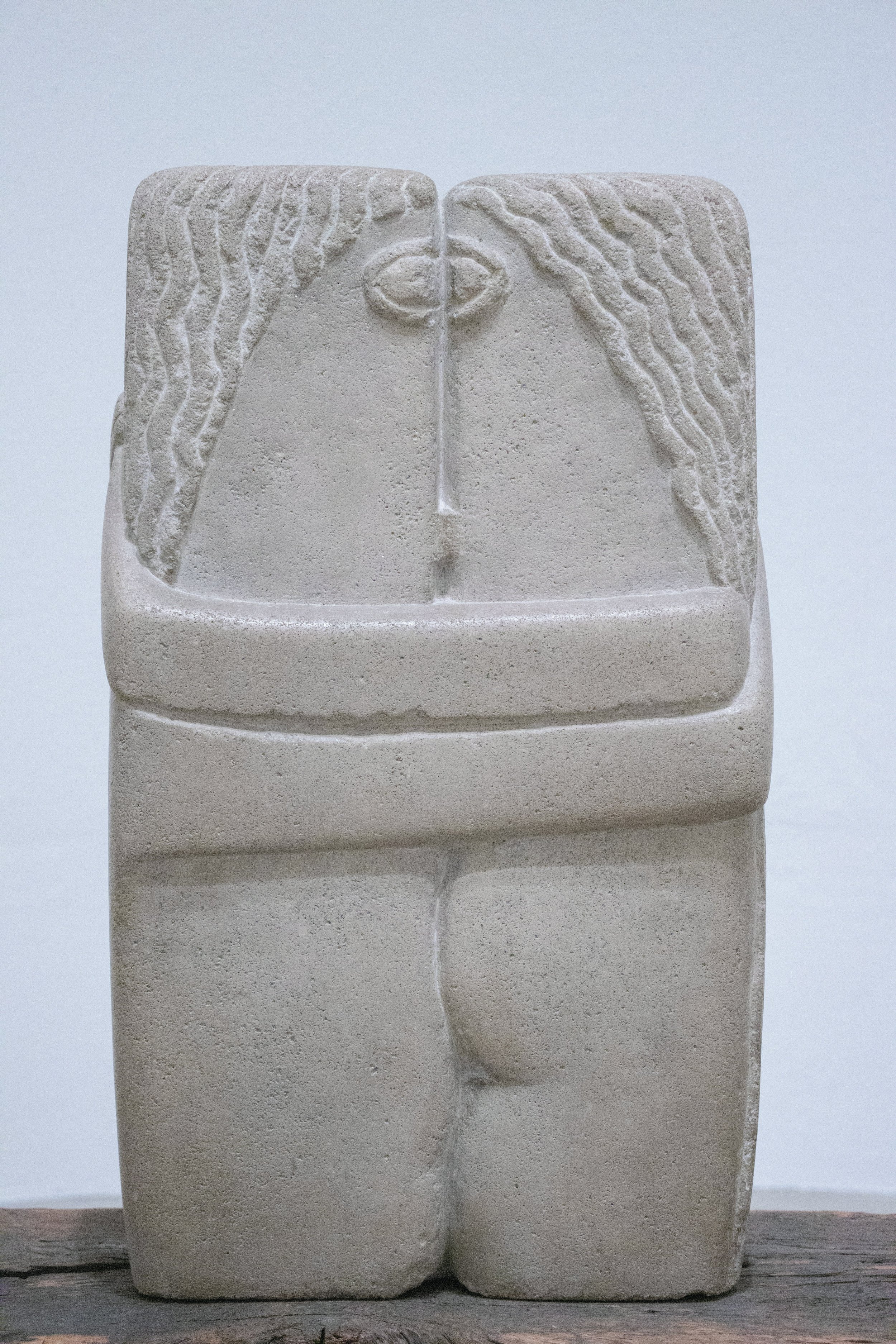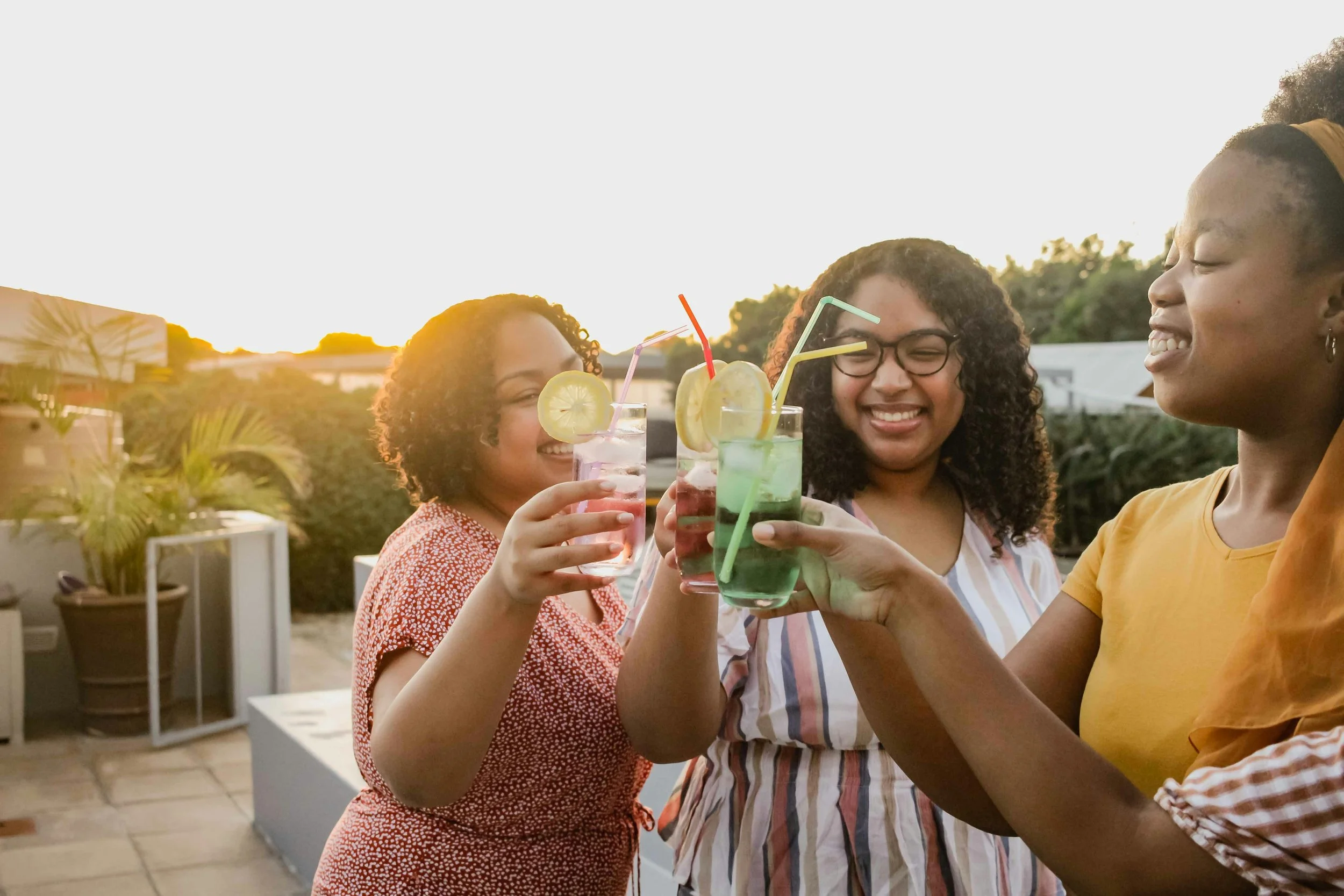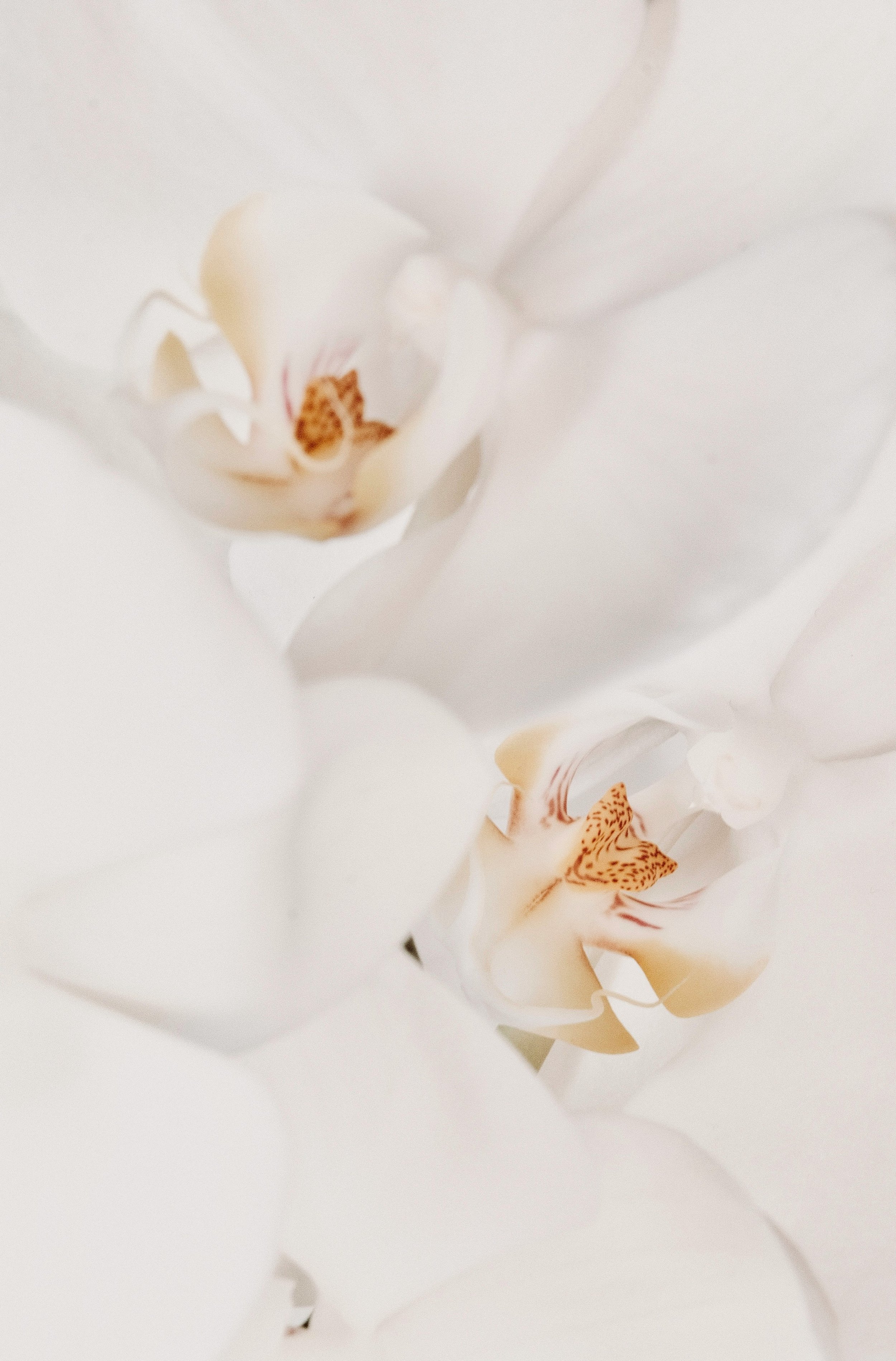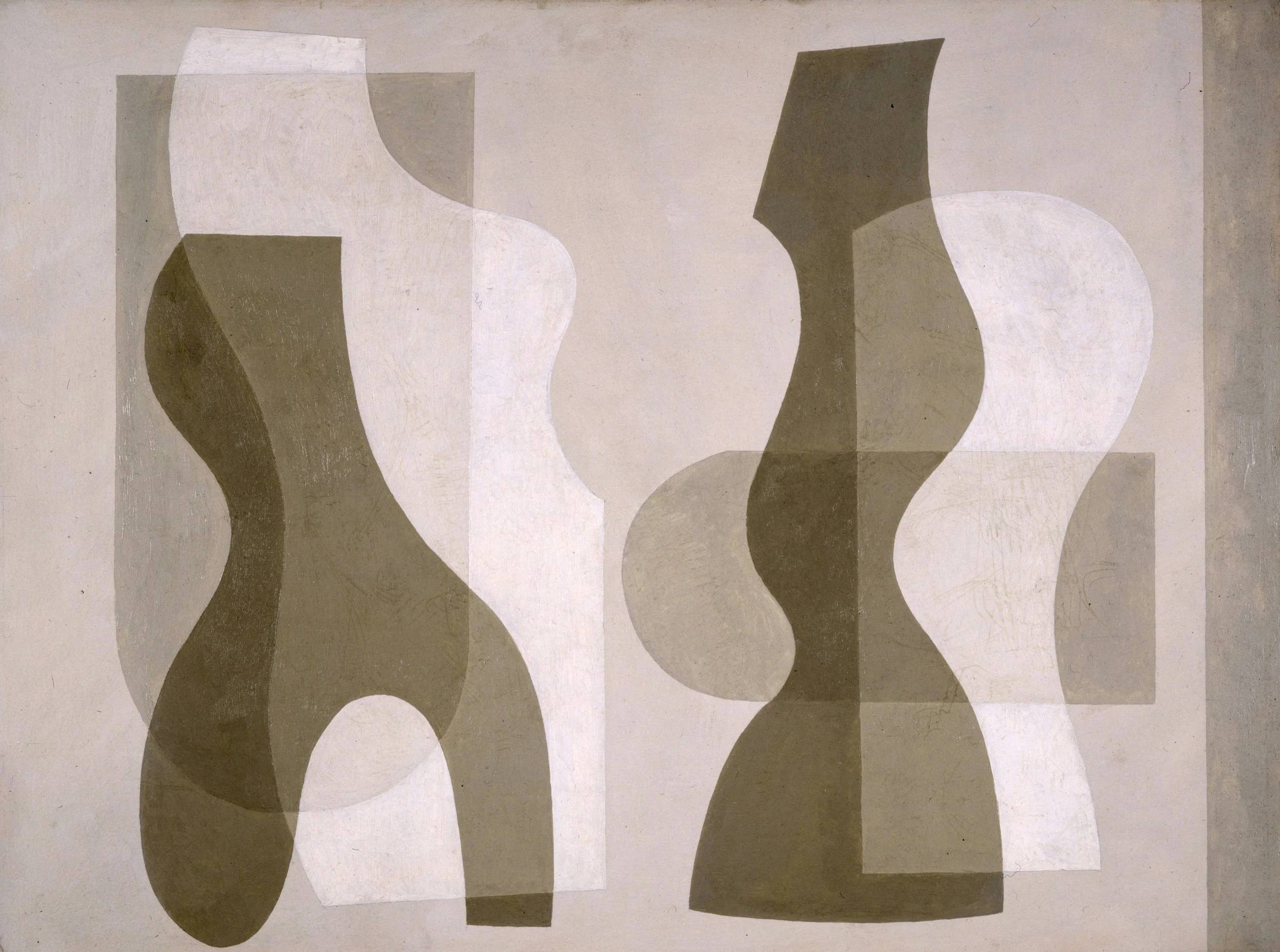I Learned How to Hug: A HSPs Path to Being Held
by Holly Holt
Open the arms. Open the heart. Allow yourself to be held. To hug is to allow yourself to be vulnerable. How often do you let yourself be vulnerable?
Until midlife, I didn’t like hugging.
I know not everyone will understand this. “But hugs are the best!” they’ll say. The truth is: some people adapt to physical closeness a little slower than others. We learn to hug over time. Even though hugs are scientifically proven to be beneficial to humans, some of us have had a complex relationship with them.
Highly Sensitive People and Ancestral Trauma
I am a highly sensitive person (HSP) who grew up with loving parents—loving parents who had unhealed trauma. Not only did I carry this ancestral trauma in my cells, the sensory and emotional overwhelm I felt living in a sensitive body led me to armor up and keep people at a distance. This is not the way all highly sensitive people cope, but it’s the way I did.
Because of this, it has taken me a lifetime to reach toward others for a hug.
My closest personal friendship, one that lasted from my teens to my early 50s, was hug-free. This changed in midlife when I began doing work to heal my own unhealthy patterns, including my aversion to hugging. Unfortunately, when I started sharing healing resources with her and telling the truth about my own experiences, our relationship became strained and eventually ended. I realize now that this friendship acted as a buffer, keeping other people (potential friends) at arm’s length.
Yes, HSPs Hug, but with conditions
I wanted to know if anyone else’s stories mirrored mine in any way. I asked other HSPs inside Facebook groups created just for us how they felt about hugging. The answers weren’t as all-over-the-place as I expected. The responses did, indeed, help me feel less alone.
Although there were a few people who loved hugs unconditionally and another small group that detested being touched at all, the overwhelming response was that HSPs like hugs and feel best hugging people they love like family and maybe close friends. They had good reasons for this. Several talked about overstimulation—the sights, sounds, textures, and temperature in their environment impacted them so deeply, hugs felt overwhelming. For example, hugging people who smelled strongly (of anything from cigarettes to perfume) was a “no.” Since HSPs pick up on the energy and even the intentions of other people, most respondents felt uncomfortable hugging strangers or people who gave off an insincere or “creepy vibe.”
I felt a kinship to almost all of the responses of my sister HSPs but especially that last one. As a child, I was taught that men who tried to touch me in any way were dangerous. As a teen, I felt very pressured by certain girls to hug their male friends. Poor boys! When they tried, I slithered out with the agility of an alley cat. Hugging began to feel like a way for boys to “get” something from me, something I was not ready to give.
Many HSP women who responded to my questions on Facebook also felt uncomfortable with opposite-sex hugging. Some only liked “side hugs” and others shared that they absorbed so much energy from other people that hugging was actually exhausting.
But my big a-ha moment came when these HSPs told me their relationship to hugging evolved with age. Quite a few mentioned that hugs became more desirable as they got older and as they worked to heal and understand themselves better. Others said that the shutdown during the Pandemic showed them how much they needed hugs for their mental, emotional, and physical health.
What is a highly sensitive person (or HSP)?
Coined by research psychologist Elaine Aron, an HSP may experience:
Heightened senses: Not surprisingly, we’re sensitive to our environment. We notice the smallest changes in things like temperature and scents around us and may react in ways that can sometimes seem strange to others.
Being an energetic sponges: In the same way we absorb stimuli from our environment, we take in the energy and emotions of the people around us. This can be absolutely exhausting until we learn to create some boundaries.
Heightened need for alone-time: HSPs absorb so much of the world around us, so downtime is essential. We withdraw to survive. Because we live in a very forward-facing world, we often feel misunderstood for our need to be alone.
Thoughts and emotions more deeply: HSPs spend lots of time reflecting, which can lead to overthinking and anxiety. It can also lead us to create beautiful art and develop a deep compassion for others.
An intense appreciation of beauty: We can lose ourselves in a song or a sunset. We are drawn to nature, art, and kindness and don’t often realize that others don’t usually feel the same way.
A “knowing”: This has to do with our ability to perceive the smallest cues, from the first signs of a gas leak to suspicious body language. Strangely, this ability is not usually seen as a gift by non-HSPs.
Self-Compassion for Your Highly Sensitive Body
Living in bodies like ours and feeling life so deeply often compels us to explore the “why.” Why am I like this? Why can’t I just be like everyone else? Most HSPs I know have filled countless notebooks with journal entries, poetry, and wild imaginings. We’ve tried talk therapy, somatics (including yoga), done our share of shadow work and read every book we can find. We want to understand. We also want to feel comfortable in our bodies, comfortable enough to share a hug.
When I started to do my own healing work in midlife, my self-flagellation slowly shifted into self-compassion. That’s when I started to draw a different kind of friend into my life: The hugger.
Enter the Huggers
It started with the “Waldorf moms” at my son’s school. These earth mamas, devoted to personal growth and an art and nature-infused education for their children, felt different. For them a hug was as natural as breathing. They invited me into their open arms, never forcing it. I leaned in with trepidation and a spine so stiff, it crackled. But with each embrace, they softened me.
It continued with the “yoga people.” I fell in love with yoga in the mid-90s, and found a yoga community led by another HSP in 2011. She asked me to wrap my arms around myself and “give myself a hug.” With each solo hug and the deep wholehearted hugs from the teachers, the crackling of my spine became a cracked open heart. My heart opened so wide, I became a yoga teacher, too.
With each experience of acceptance and love, I started to realize that I, once a hesitant misanthrope, now longed for community. I began to really like people, to love them, in fact.
Paying it forward
One of the most important moments in my personal healing journey was the day I joined a writing group using the Amherst Writers & Artists Method (AWA). These people were huggers, too. I felt so at home that I signed up to become a certified AWA writing facilitator.
Today, I lead embodied writing circles especially designed for sensitive, creative women because I know how important it is for HSPs (and HSP-adjacent women) to process our stories. Gathering in a virtual circle, moving together, and sharing our imperfectly beautiful and true writing feels like the best kind of hug ever. And I love to give these women hugs in real life too when we get the chance to be in person together because the intimacy and trust has been built slowly and gently through story sharing.
So yes, I’ve become a person who not only learned to hug, but one who has learned to love hugs.
No matter where you sit on the “hugger” spectrum, know that we are all in a state of growth and healing. My hope for everyone is that we feel safe giving and getting hugs someday and that everyone in the world learns to feel safe in their bodies and that every body is safe in the world.















